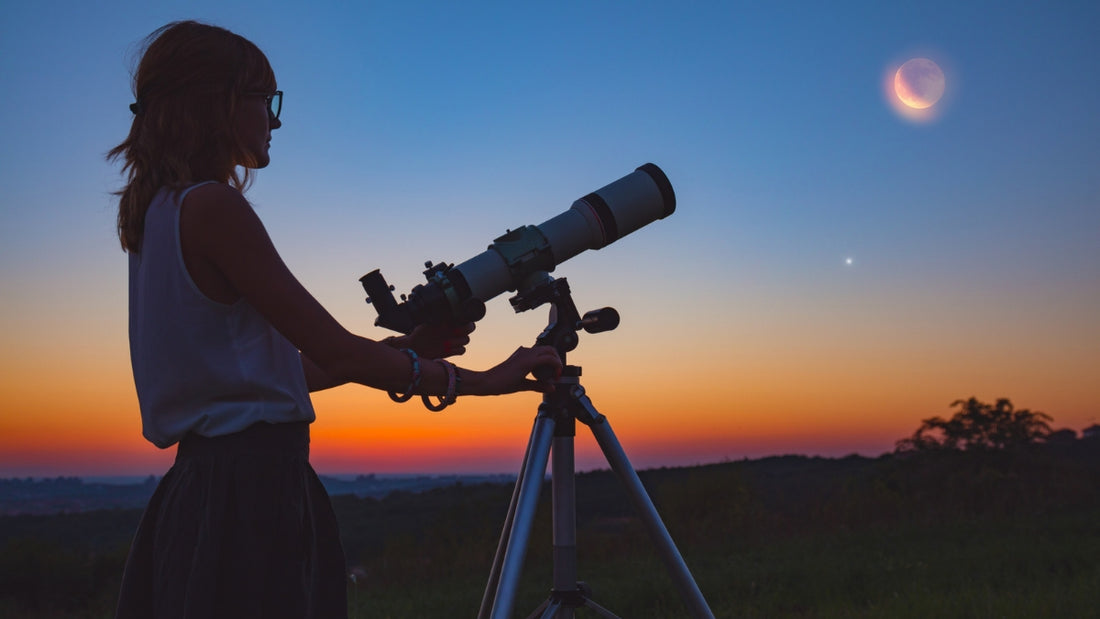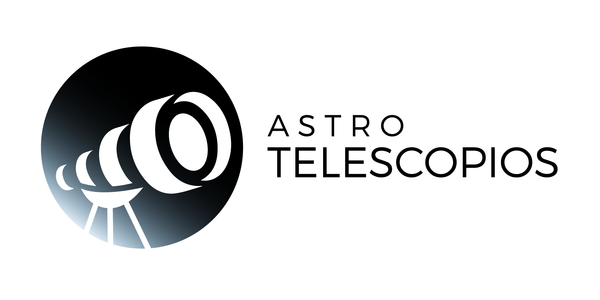
Skywatching Highlights in July 2023
In July 2023, Mars and Venus start the month together, but eventually separate. Mars aligns closely with the star Regulus on July 9 and 10. Saturn and Jupiter are the main attractions of the night sky, accompanied by the star Fomalhaut. The full moon on July 3, the new moon on July 18, and a crescent moon appearing near Mars on July 20 are other highlights. The core of the Milky Way is also visible from dark places. The month is perfect for stargazing, with Venus and Mars observable after sunset, and Jupiter and Saturn dominating the early morning sky.
Here are the highlights of sky watching in July 2023:
- July 3 – Full Moon
- On July 9 and 10 - the red planet Mars appears very close to the bright blue-white star Regulus. The difference in their color should be easy to see with your eyes or a pair of binoculars.
- July 11 - This morning Jupiter shines brightly under the crescent Moon in the eastern pre-dawn sky.
- July 18 – New Moon. The new moon is a good time to stargaze or view the Milky Way, because the sky is very dark all night with no moonlight to eliminate fainter stars and meteors.
- July 20 - The crescent Moon will appear right next to Mars in the western sky after sunset. Venus will be below them, quite low in the sky.
- All month – Venus and Mars are visible in the west after sunset. They appear further apart and slightly lower in the sky as the month progresses.
- All month: Saturn is high in the south late at night and early in the morning, with the bright star Fomalhaut visible halfway between the planet and the horizon.
- All month – The core of our Milky Way galaxy forms a faint diagonal band of light to the south as soon as it is completely dark. You'll have to be under dark skies away from city lights to see it, as light pollution easily overwhelms its subtle glow.
The planets can be seen with the naked eye as very bright points in the sky, but our recommendation will always be to observe them with binoculars or a telescope, because in addition to seeing the details of their surface depending on the aperture diameter, in many cases you will be able to see the satellites. nature of these and in the case of Saturn its rings. In the case of Jupiter, the great red spot, a well-known storm in the atmosphere of the gas giant that has been active for centuries can also be seen with a refracting telescope with an aperture of 80 or 90 mm.
Our recommendation for observing the planets is refractor telescopes, if possible one that has a 100mm aperture and an equatorial mount, however, in 70mm telescopes and dark sky good results are obtained for those who start a new hobby.
If you want a telescope with more power, we recommend reflecting telescopes, since they are more economical due to their type of construction. A 130mm reflector is considered a good telescope for demanding beginners.
